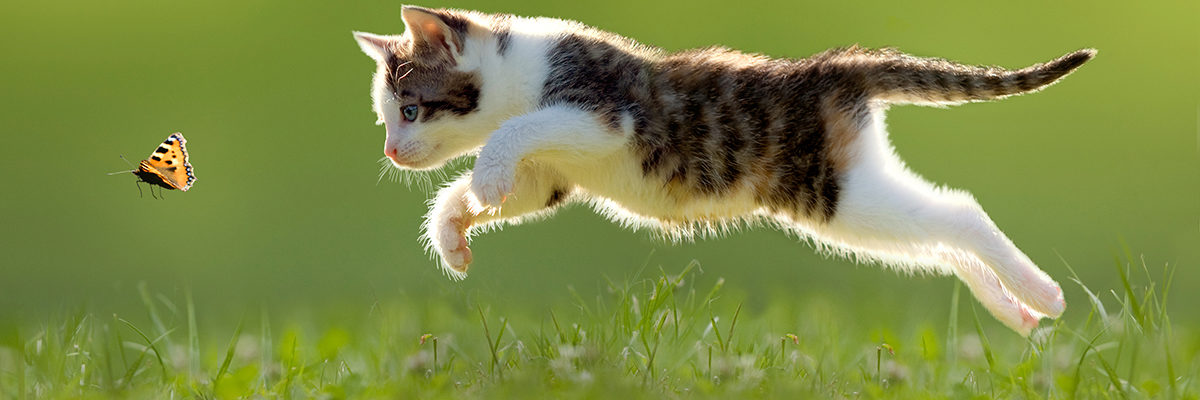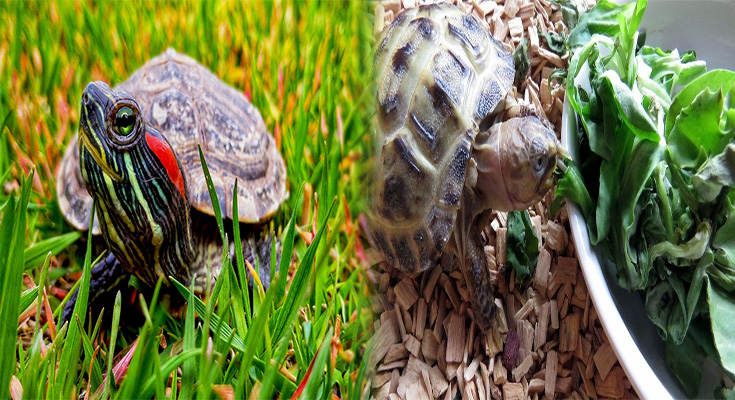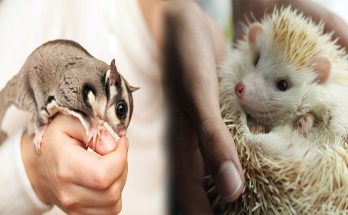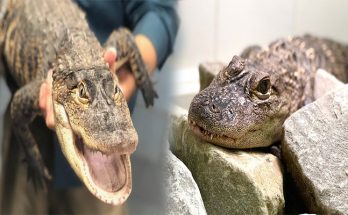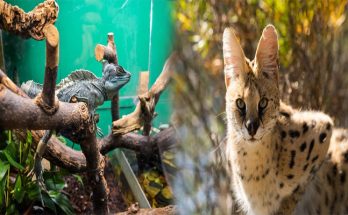If you’re ready to care for a pet tortoise, we’re here to help. We’ve written this guide to cover everything you need to know about choosing, purchasing and caring for your new tortoise friend.
Keep It Clean
- Clean the enclosure regularly. You should clean your tortoise’s enclosure at least once a week, but more often if necessary. To do this, use a damp cloth to wipe down all surfaces of the habitat and remove any excess food or feces from inside it. If you’re using sand, change it out at least once per month (more often if there are any health issues with your pet).
- Make sure your tortoise has good ventilation in its habitat. Your pet needs fresh air to breathe just like humans do; without proper ventilation, they could develop respiratory problems or other illnesses over time due to mold growth within their living space that can’t be cleaned effectively because of lack of access points where air can flow freely through without obstruction by walls or other objects made out of plastic/glass etcetera…
Give It Plenty Of Shade
When it comes to providing shade for your tortoise, the amount of shade that you need is going to depend on the species of tortoise. Some species require more shade than others and some prefer a particular type of tree or bush over others.
When choosing trees and bushes for your tortoise’s enclosure, make sure they are non-toxic to them as well as being able to provide adequate amounts of shelter from the sun’s rays without blocking out too much light (this can cause issues with hibernation).
Protect It From The Cold
When it comes to protecting your tortoise from the cold, the best thing you can do is make sure that it has a warm place to live. A tortoise kept indoors should have its own aquarium or terrarium with a temperature between 75 and 85 degrees Fahrenheit (24-29 Celsius). If you’re keeping your tortoise outdoors, make sure there is someplace where it will be protected from wind and rain during cold weather. The ideal temperature range for an outdoor enclosure is between 65 and 80 degrees Fahrenheit (18-27 Celsius).
Tortoises are easygoing creatures who don’t mind being moved around once they’ve settled into their new homes; however, if you plan on moving yours often or exposing it to extreme temperatures regularly (such as bringing it outside during winter), consider buying two separate enclosures–one indoor and one outdoor–so they can stay comfortable no matter what the weather looks like outside!
Provide Lots Of UVB Lighting
Providing your pet tortoise with UVB lighting is important for their health. Tortoises need UVB to be active and healthy, so make sure you provide them with an appropriate amount of it.
The amount of UVB you need depends on the species of tortoise and where they live. For example, if your pet lives in an area that gets lots of sunlight throughout the year (such as Florida), they will likely require less UVB than someone who lives in a place like Alaska where there are fewer hours of daylight each day during winter months.
If you don’t want to use a full-spectrum light fixture that provides both UVA/UVB rays, then consider using either just a UVA bulb or just a UVB bulb instead!
Don’t Forget To Change The Water Often
- Water should be changed at least once a week. In dry climates, or when your tortoise is kept indoors, you’ll want to change the water more often than that.
- If there is any visible build-up of waste in the bottom of the dish, you should remove it as soon as possible so that your pet doesn’t ingest too much bacteria or other harmful substances while eating his food.
You can care for your pet tortoise by following these tips
You can care for your pet tortoise by following these tips.
- Keep it clean. Clean the enclosure with a damp sponge and warm water, then dry thoroughly before placing it back into the enclosure. Do this once a week at minimum, but if there is any sign of mold or mildew on any part of the enclosure (such as wood), then do this more often until it’s gone. Mold can be unhealthy for tortoises because they breathe through their skin and inhale spores from moldy surfaces; this can lead to respiratory infections such as pneumonia that may be fatal if left untreated.
- Give it plenty of shade during hot weather or direct sunlight when it’s cold outside (less than 50 degrees Fahrenheit). These temperatures are too harsh for most species’ survival; however, some species have adapted over time so they can survive in colder climates without much difficulty–check with an expert before making any changes!
Taking care of your pet tortoise is easy. You just need to remember that it’s an animal with very specific needs, and if you can provide those things for it then it will be happy and healthy!

